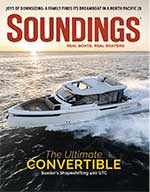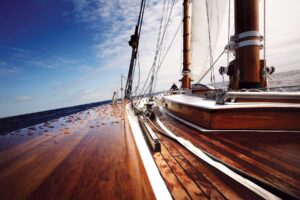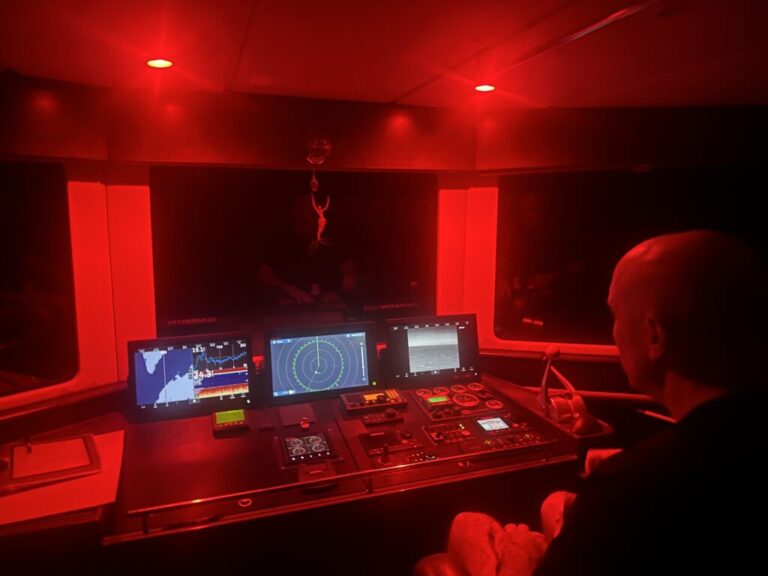Thousands of abandoned traps were lifted from Chesapeake Bay waters as part of a government program
Maryland boaters retrieved more than 8,000 whole and partial abandoned crab pots from the bottom of Chesapeake Bay and its tributaries as part of the Maryland Department of Natural Resources’ Ghost Crab Pot Retrieval Program, according to Lynn Fegley, assistant director of the state fishery service.

“A person with a boat was paid $400 a day – that included their time, fuel for the vessel and upkeep – and any crew was paid, individually, $150 a day,” says Fegley.
There were 352 watermen participating, with 233 boat captains and 119 crewmembers, says Stephan Abel, executive director for the Oyster Recovery Partnership in Annapolis, Md. The program ran Feb. 22 to April 3.
“These guys were paid for only eight hours, but many of them put in up to 10 hours each day,” says Abel. “And boat captains were permitted to keep any whole or partial pots they recovered.”
Many junkyards have bought the scrap metal from the participating watermen, giving them more of a profit for their efforts. Others have been able to keep the pots for their own uses, Abel says.
The program concentrated on the mouths of rivers where boat traffic tends to be the highest, thus creating the greater concentration of abandoned pots.
These areas include the Patuxent River, West River, Patapsco River, Northeast River, Chester River, Little Choptank River, Big Annemessex River and Tangier Sound.
There were thousands of crab pots scattered across Chesapeake Bay and its tributaries, according to side-scan sonar surveys conducted by the Maryland Geological Survey and the National Oceanic and Atmospheric Association’s Chesapeake Bay office prior to the cleanup efforts. “There is a potential hazard for people dropping their anchors and getting them stuck in the decrepit pots,” says Fegley. “Also, the pots can still be trapping and killing wildlife.”
An average crab pot costs $30 to $50, and can last about two years in salt water, according to Fegley. Most are lost in storms or when the floating buoy lines are cut by passing propellers.
“It’s a good situation all around,” says Fegley. “We never anticipated how successful this would be.”
This article originally appeared in the Mid-Atlantic Home Waters Section of the June 2010 issue.










